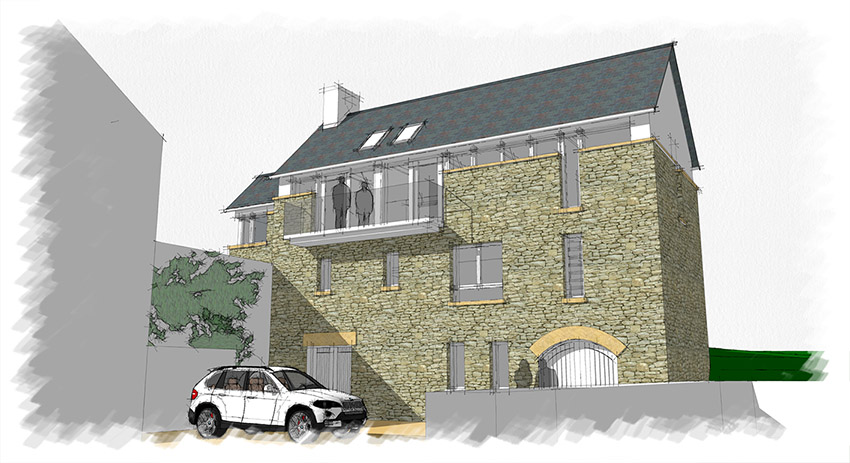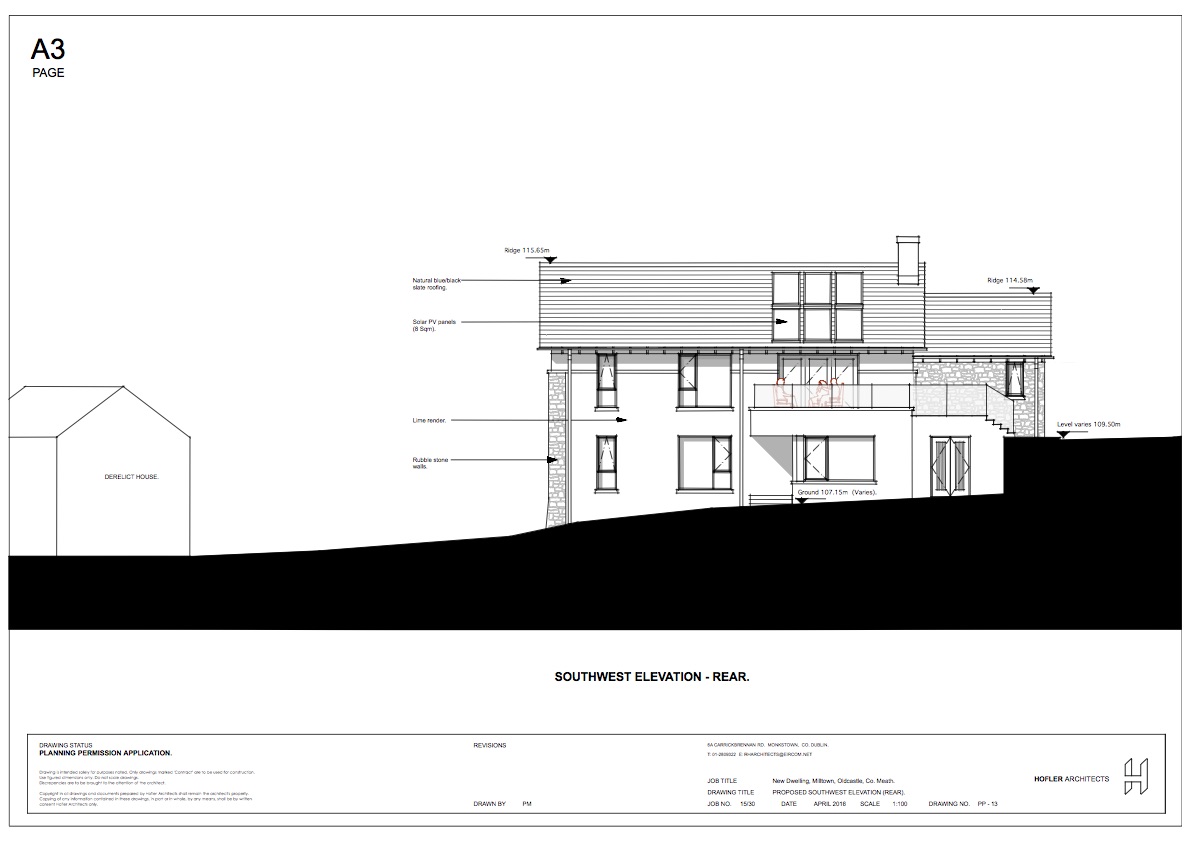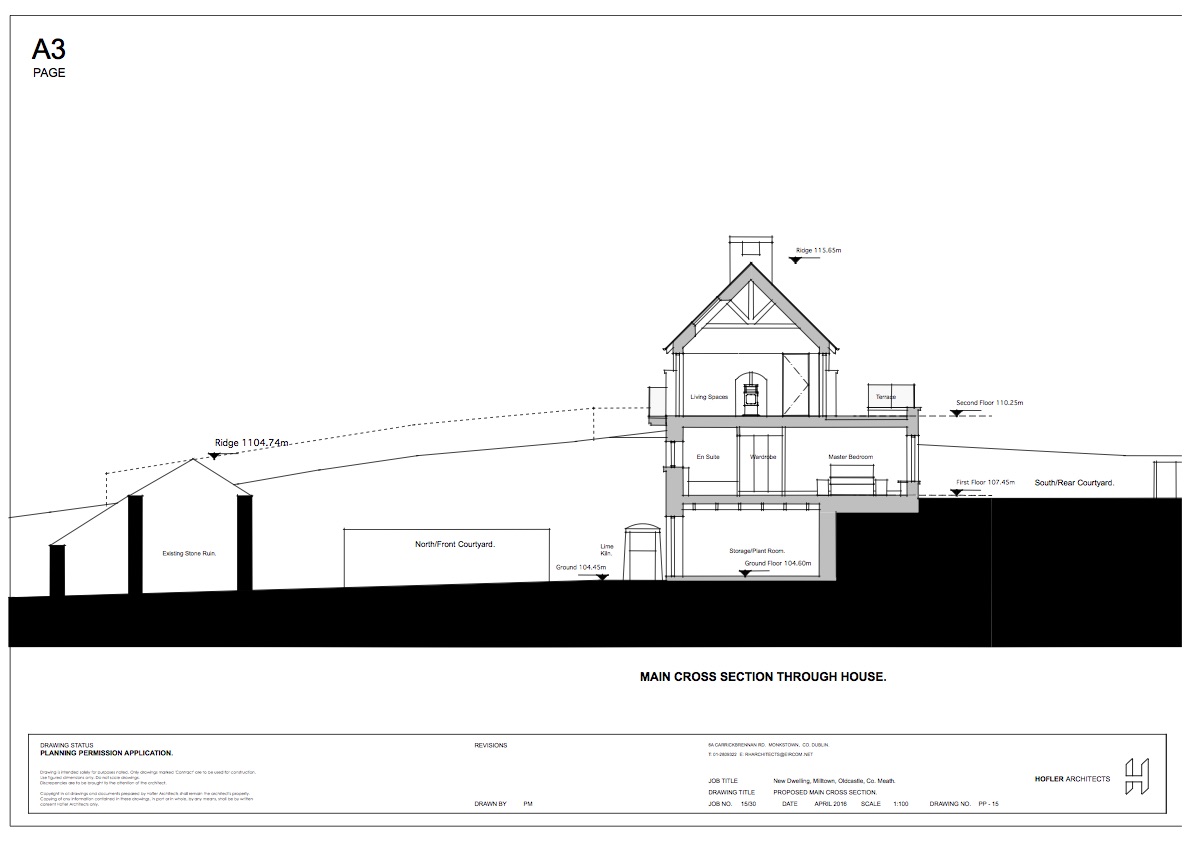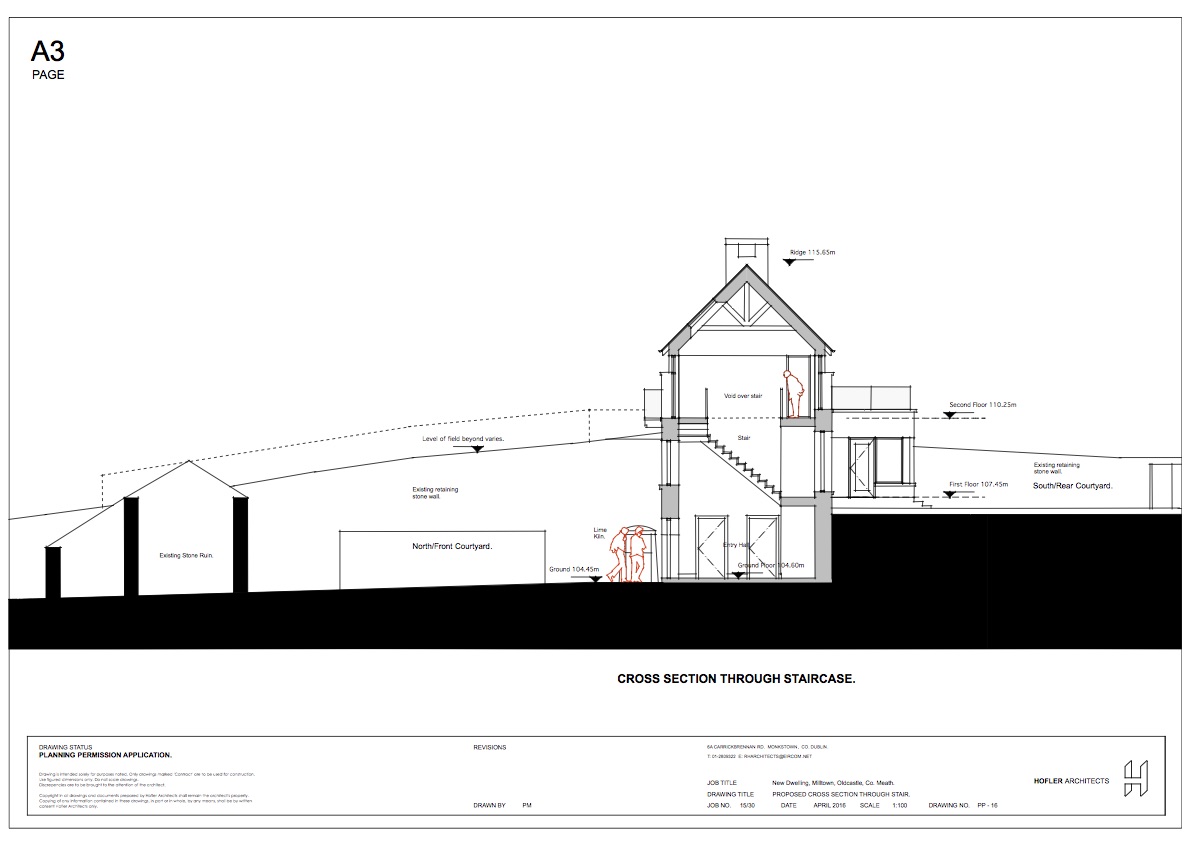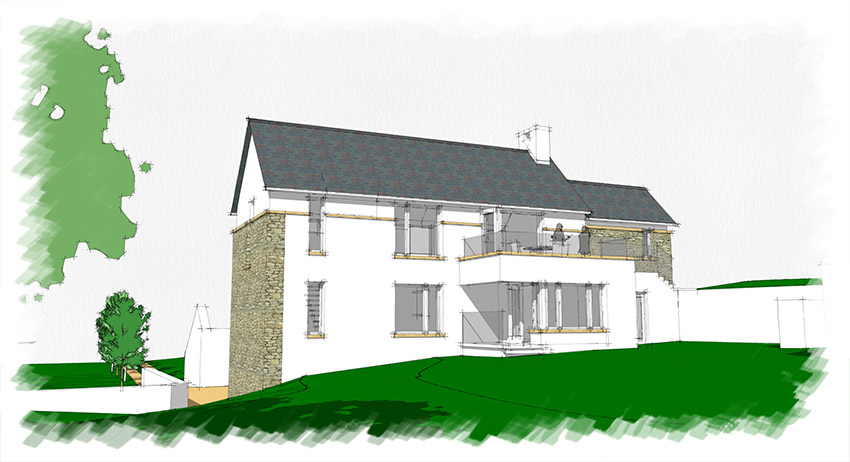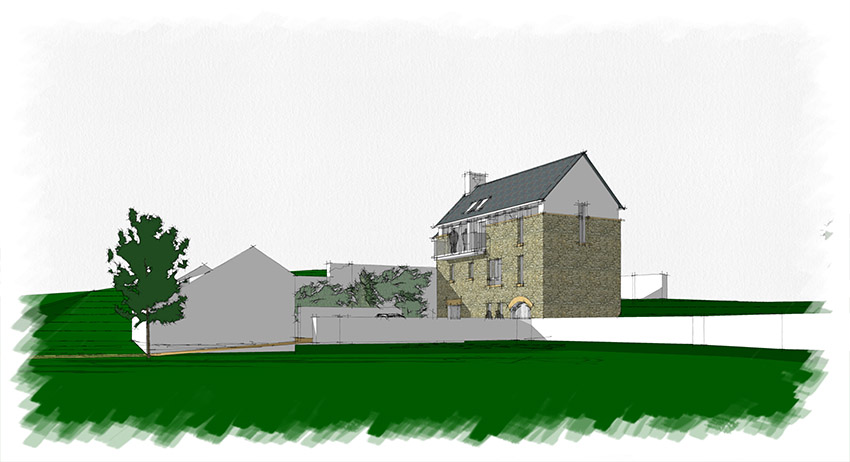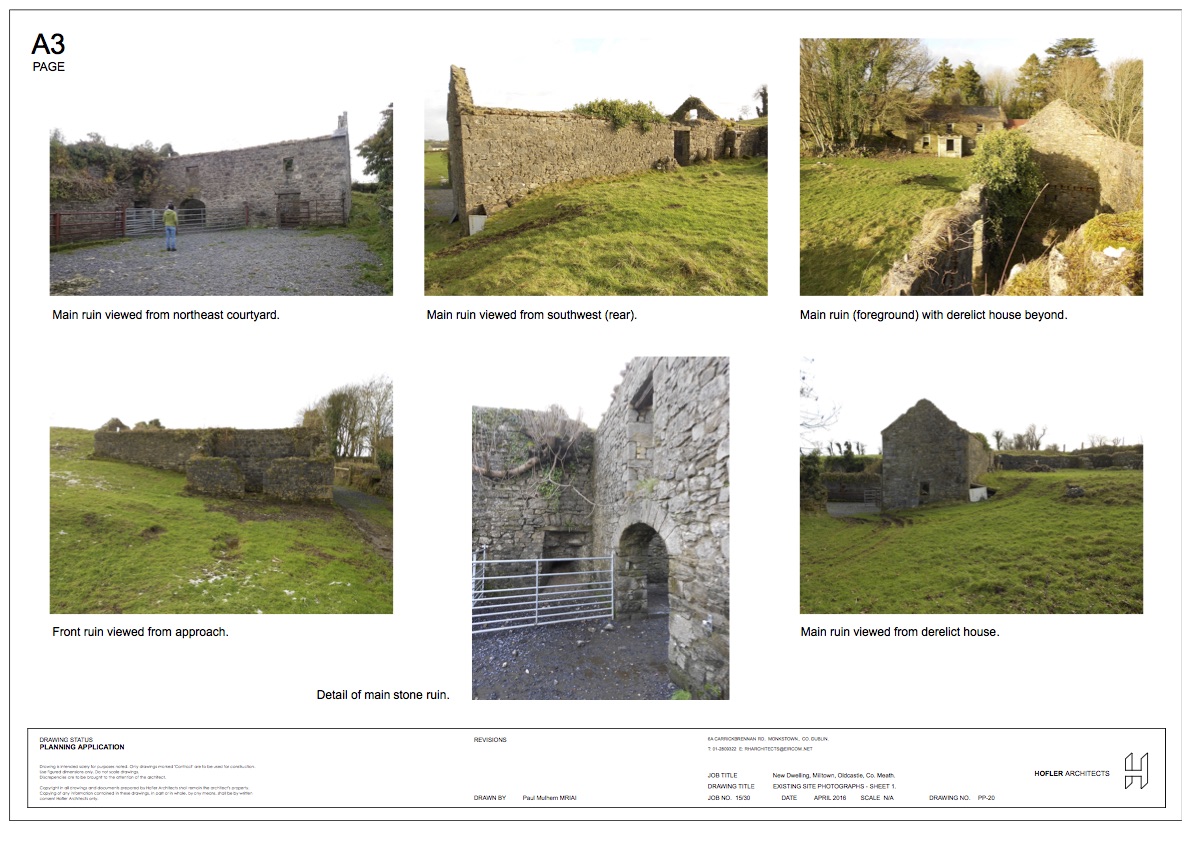75% Grant Now Available to Refurbish Old Farm Buildings
Paul Mulhern
A new scheme to grant-aid the conservation of traditional farm buildings on GLAS farms, has been announced. The new scheme builds upon the success of the Traditional Farm Buildings Grant Scheme which operated under REPS 4 from 2007 to 2013 and ensured that more than 350 traditional farm buildings throughout Ireland were conserved.
GLAS is the new agri-environment scheme for Irish farmers, to which nearly 40,000 farmers have already signed-up, and this new element to that scheme will help ensure that small traditional farm buildings and other structures, which are of significant cultural and heritage value, are restored and conserved for renewed practical agricultural use.
Key Details
- Open to GLAS farmers only
- Grants awarded will not exceed 75% of the cost of the works
- Maximum grant of €25,000
- Minimum grant of €4,000
- The first tranche opens immediately
- Deadline for completed application forms Friday May 6, 2016.
“These building have been an integral part of our agricultural heritage for generations, and their contribution to the character and beauty of the Irish landscape cannot be overstated,” Minister Coveney said, adding that it was his intention that as many as possible of these buildings should be conserved and returned to practical agricultural use.
Approved works
Grants will be made available to GLAS participants to carry out approved conservation works to traditional farm buildings including:
- Roofs.
- Outside surface of walls.
- Windows and doors.
- Grants will also be available for other related structures.
- Historic yard surfaces.
- Landscape features around the farmyard such as walls, gate pillars and gates.
To be eligible for the scheme, buildings and other related structure must have architectural or vernacular heritage character and make a contribution to their setting.
“This is not about creating museum pieces”, the Minister said.
“These buildings can and should play an ongoing role in the economic life of Irish farms, as well as helping to enhance the landscape, the environment and local biodiversity.”
The scheme is jointly funded by the Department of Agriculture, Food and the Marine and the European Union and will be administered by the Heritage Council on behalf of the Department.
The first tranche opens immediately and completed application forms must be returned to the Heritage Council before 5pm on Friday May 6, 2016.
Further applications will be invited at regular intervals throughout the Programming period to end December 2020.
The application form and all other documents on the new GLAS Traditional Farm Building Scheme can be downloaded from the Heritage Council website www.heritagecouncil.ie or by contacting the Heritage Council directly at Church Lane, Kilkenny. Phone +353(0)56 777 0777.
Some informative links to previous blog articles & projects:
- Carlow Farmyard Redevelopment Project
- New-Build House on Site of Ruined Farm in Co. Meath
- Straw-Bale Eco Farm Development - Slane, Co. Meath
- Alternative Uses for Old Farm Buildings




